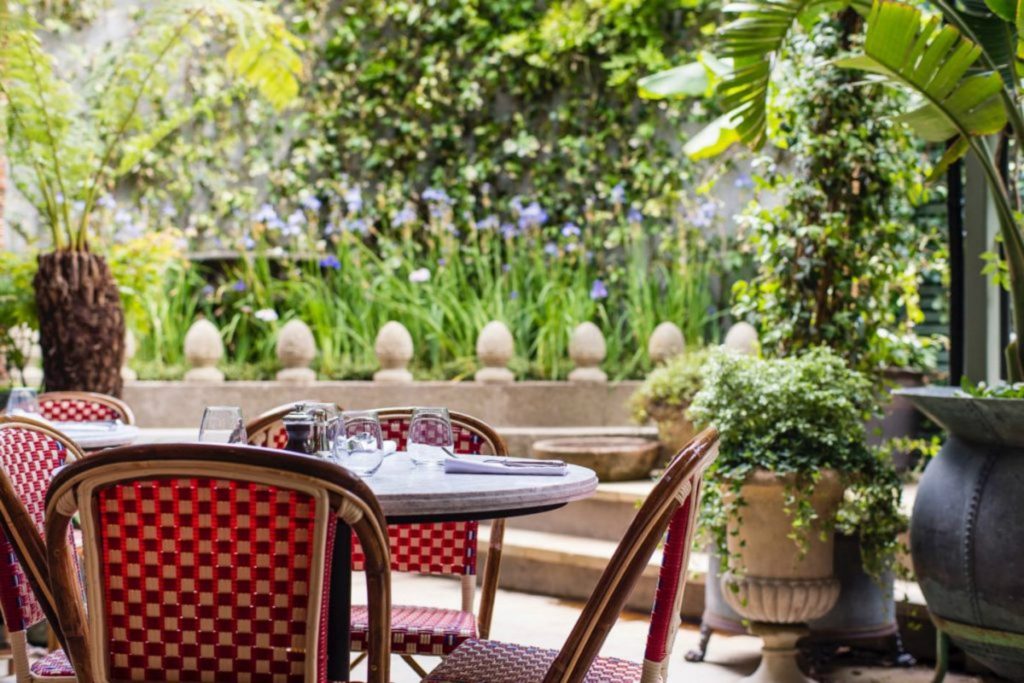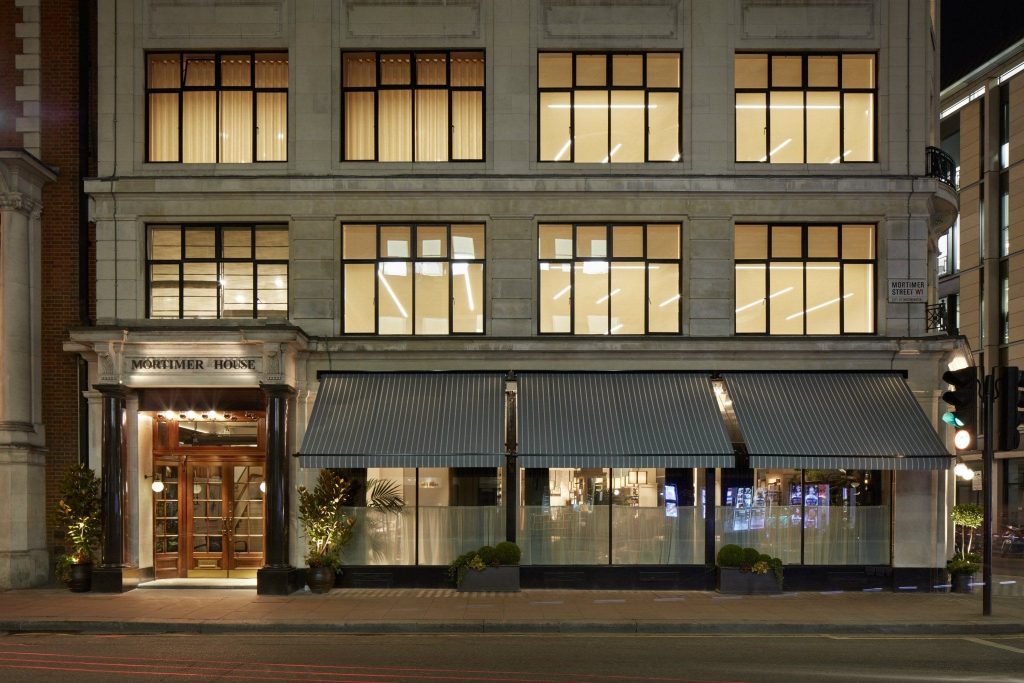Some buyers crave an architecturally pure mansion, which if it is historic, will most likely be ‘listed’. Some buyers are wary of buying old listed buildings because they are concerned they won’t be able to make changes to them, to bring them up to the luxury and high tech standard they expect.
Listing is not a preservation order to prevent change, it is an identification stage where buildings are marked and ‘celebrated’ as having exceptional architectural significance or historic special interest, before any planning stage which may decide a building’s future. If a property is listed it does not freeze a building in time, it simply means that listed building consent must be applied for in order to make any changes to that building which might affect its special interest. Some owners fail to get permission they want because the changes damage the area of the property which is of special interest.
What can you do to a listed building?
Listed buildings can be altered, extended and sometimes even demolished within government planning guidance. The local authority uses listed building consent to make decisions that balance the site’s historic significance against other issues such as its function, condition or viability. There are three levels of listing Grade I, Grade II* and Grade II. Grade I buildings are of exceptional interest, sometimes considered to be internationally important; only 2.5% of listed buildings are Grade I. Grade II* buildings are particularly important buildings of more than special interest; 5.5% of listed buildings are Grade II*. Grade II buildings are nationally important and of special interest; 92% of all listed buildings are in this class and it is the most likely grade of listing for a home owner.
How many listed buildings are there?
In England there are approximately 374,081 listed building entries. Some people are unaware that gardens and landscapes, such as parkland in front of a country estate can be listed. Listings cover 1,601 registered historic parks and gardens, 19,717 scheduled ancient monuments, 9,080 conservation areas, 43 registered historic battlefields, 46 designated wrecks, 17 World Heritage Sites across England.
Do listed buildings cost more?
Listed buildings do not necessarily carry a premium because they are listed, but some listed buildings do sell for a premium because they are architecturally pure, and tend to be large and of international or national importance. Many grand houses are listed, but as making changes to them can be not always be as easy as altering a non-listed property, some can sell for less because some buyers steer clear not wishing for a potentially complicated planning process which they may not fully understand. There are always an exceptions to the rule, but often Chinese and Hong Kong buyers prefer non-listed properties, which have been designed to a modern and optimum layout. For example, a Grade I listed Georgian mansion from the 1740s will not have two dressing rooms and two bathrooms off the master bedroom.
Listed buildings in London
Whilst it might be possible to reconfigure rooms in a listed house, it can be difficult or lead to an acceptable compromise. For buyers who are seeking their version of perfection in terms of layout and design often a new non-listed house will be better suited for their requirements. Some developers and owners have been extremely well advised and have managed to sympathetically work inside the rules, but still achieve the ideal floor plan and design that fulfils the needs of today’s buyers. Ultimately it depends on the starting point.
The white stucco Robert Adam terrace houses of Regent’s Park are listed and very popular with foreign buyers, as the proportions are exceptional. An example of this was the highly successful Cornwall Terrace, which was developed within a listed shell. As you walk around Prime Central London, through Mayfair and Knightsbridge you will often see the front façade of a listed building being propped up by scaffolding, whilst behind everything else has been knocked down and will be rebuilt brand new, to enable the perfect layout. It is very much possible, with the correct help, to buy a listed building and make it ‘perfect’ for the needs of today’s society.
 Managing Director and founder of Hanover Private Office, Alex Newall is recognised as one of the UK’s top real estate advisors in London and has some of the world’s most affluent individuals as clients.
Managing Director and founder of Hanover Private Office, Alex Newall is recognised as one of the UK’s top real estate advisors in London and has some of the world’s most affluent individuals as clients.
Harrow educated Newall has transacted in excess of £1billion worth of client assets and currently advises on a further £2 billion of real estate across Europe.






